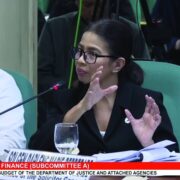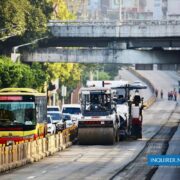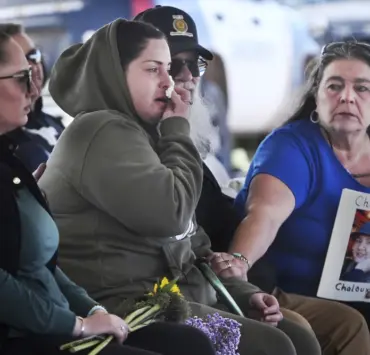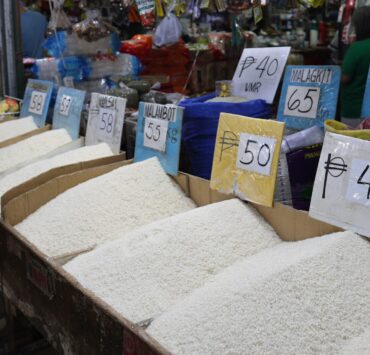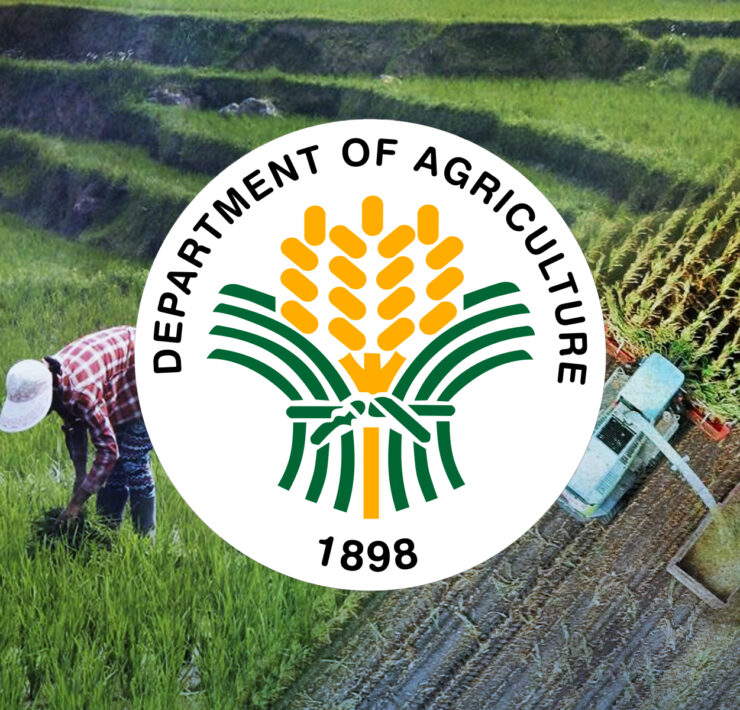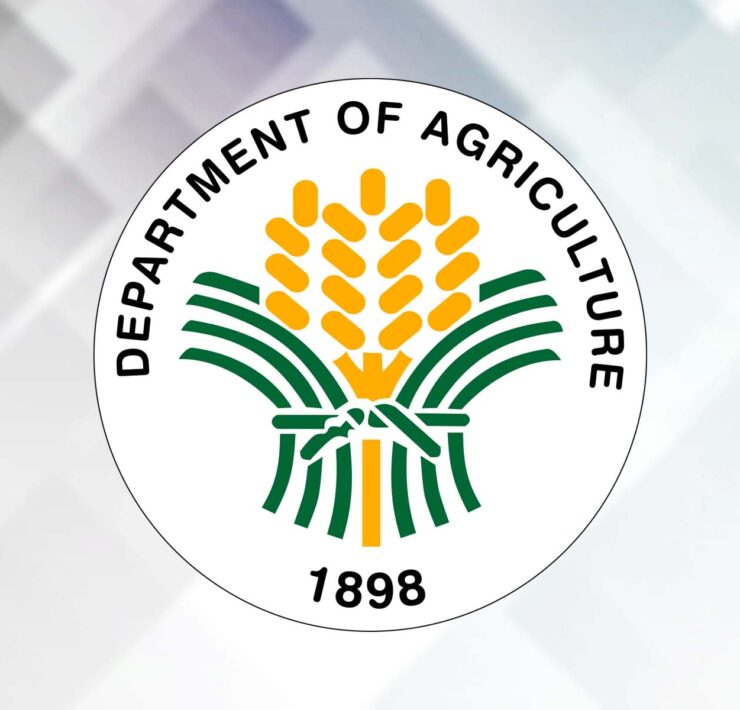Competence and compassion needed in rice tariffication

What is causing our rice crisis today is a lack of competence and compassion (malasakit), much more than corruption. This surfaced at the hearing of the Senate Committee on Agriculture last Aug. 20. It was chaired by Sen. Francis Pangilinan, with Senators Imee Marcos and Rodante Marcoleta participating.
On corruption, we appreciate Agriculture Secretary Francisco Tiu Laurel, Jr.’s courage and honesty when he commented on an incomplete Department of Agriculture (DA) project. He stopped it because “it was a racket.” We hope this will characterize a new wave of transparency and accountability, starting with the massive flood control anomalies.
On tariffs, when I served as the technical committee chair of the Cabinet Committee on Tariff and Related Matters, I used a certain methodology to guide our decisions. I successfully used this same methodology when, as president of the Cement Manufacturers Association of the Philippines and the Asean Federation of Cement Manufacturers, we won cement safeguard measures (equivalent to additional tariffs) that prevented the downfall of the cement industry from unfair trade developments.
Situation
At the Senate hearing, president Rosendo So of the Samahan ng Industriya ng Agrikultura reported that the buying price per kilo of palay in Pangasinan averaged P11, on a P14.28 production cost. In some areas, Senator Marcos said the buying price was less than P5. In these cases, traders would buy wet palay at these low prices, dry at P3, then sell at P16 to traders or at P23 to the National Food Authority. This is a clear case of profiteering. The government has caught no one doing this.
While the government has a suggested retail price, there is no suggested farm-gate price. We believe the minimum farm-gate price should be P18, more than the current P11. But even this low price translates to only P130 a day for the farmer, way below the P435 agriculture daily minimum wage.
Our rice crisis started when the government imposed a 35-percent rice tariff decided on by the World Trade Organization. Our government could then have used additional safeguard measures, which have the same effect as increased tariffs.
Methodology
Here is where the methodology I used could have come in. Though two Tariff Commissioners have said this added methodology makes sense, they are not employing it today.
When the 35-percent tariff was implemented, the Alyansa Agrikultura (AA) and the Federation of Free Farmers had separately submitted to the DA two proposals for rice safeguard measures. Both submissions got no response at all.
On AA’s behalf, I presented the methodology that would have resulted in an additional effective tariff increase. In general, it states that the correct tariff is that which equates the landed import price with the average local price. A tariff too high would not allow effective import competition. A tariff too low would significantly harm the local industry. The 35-percent tariff was too low and did not get the additional safeguard measure of an effective additional tariff. Consequently, the rice industry has suffered greatly.
Misguidance
While farmers lost 23 percent of their income, retail prices decreased by only 2 percent from the previous normal year. What misguided economists should finally understand is that price is not determined by cost alone, but by market forces. Time and again, our government cuts tariffs, promising significant retail price decreases that never come.
When the government decreased the already low 35-percent tariff to 15 percent in July 2024, the imported rice cost averaged $580 a ton. Today, the imported cost is only $354 a ton. But lacking competence and compassion, the government has done nothing to increase the 15-percent tariff.
After the 35-percent tariff was implemented, thousands of farmers stopped planting rice. With practically all rice farmers now losing money, hundreds of thousands more will stop planting, unless our government moves quickly. Farmers face a double hit. First, because of the cheap imported rice, there is a rice oversupply. Second, the imported rice is very cheap, forcing farm-gate prices to drop significantly.
The DA has done a commendable job by recommending an increase in the 15 percent tariff. The rest of the government must now show competence and compassion by immediately increasing this tariff. To do nothing is gross neglect and misgovernance. This affects our food security and our 2.4 million rice farmers and their families, who are already suffering from poverty.
The author is Agriwatch chair, former secretary of presidential flagship programs and projects, and former undersecretary of the Department of Agriculture and the Department of Trade and Industry. Contact is agriwatch_phil@yahoo.com.






